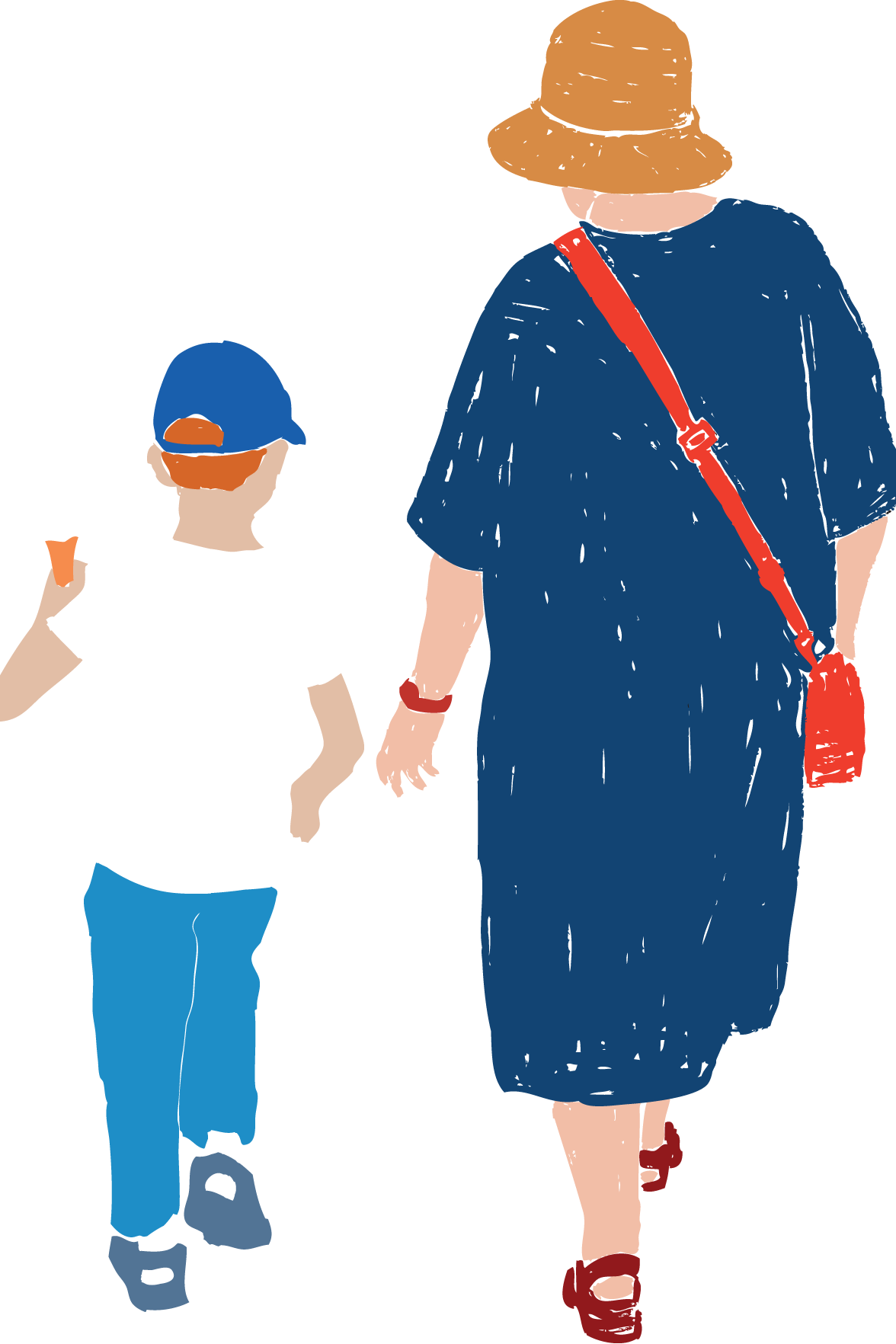The Power of a Grandmother’s Love

For the first time, scientists have scanned grandmothers’ brains while they’re viewing photos of their young grandchildren
—providing a neural snapshot of this special, intergenerational bond. “What really jumps out in the data is the activation in areas of the brain associated with emotional empathy,” says James Rilling, lead author of the study and professor in the School of Medicine’s Department of Psychiatry and Behavioral Sciences and the Department of Anthropology. “That suggests that grandmothers are geared toward feeling what their grandchildren are feeling when they interact with them.
If their grandchild is smiling, they’re feeling the child’s joy. And if their grandchild is crying, they’re feeling the child’s pain and distress.”
In contrast, the study found that when grandmothers view images of their adult child, they show stronger activation in an area of the brain associated with cognitive empathy.
That indicates they may be trying to understand cognitively, more than emotionally, what their adult child is thinking or feeling and why.
“Young children have likely evolved traits to be able to manipulate not just the maternal brain but the grand-maternal brain,” Rilling says. “An adult child doesn’t have the same cute ‘factor,’ so they may not illicit the same emotional response.



